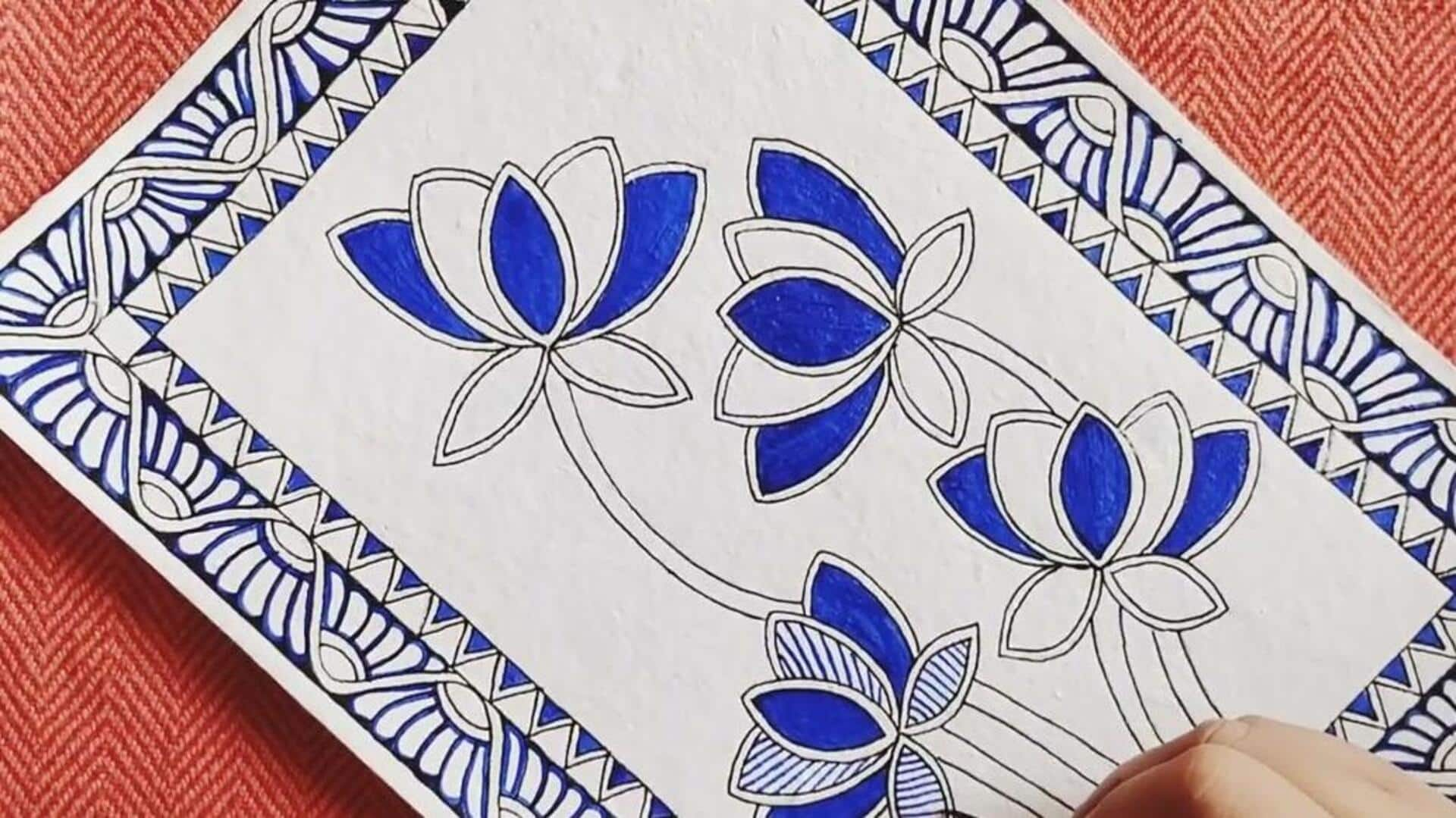
Madhubani painting: History, techniques, and themes
What's the story
Madhubani painting, or Mithila art, is a traditional Indian art from Bihar's Mithila region. The distinctive style is characterized by intricate patterns and vibrant colors, depicting nature, mythology, and folklore. Traditionally made by women on walls and floors of homes on festivals/special occasions, Madhubani paintings have now achieved global fame. The art uses natural dyes and pigments, applied with fingers, twigs, or brushes.
Slug: history
Historical background of Madhubani painting
The origins of Madhubani painting date back to centuries ago when it was practiced as a domestic ritual art form. It is said that the tradition started during the Ramayana when King Janaka commissioned the artists to create paintings for his daughter Sita's wedding. Over the centuries, the practice developed into a distinct style with its own rules and motifs.
Slug: techniques
Techniques used in Madhubani art
Madhubani paintings also have their own unique techniques. They are characterized by intricate line work and vibrant palettes. Artists work with natural materials- rice paste for white background and plant colors for others. Using brushes from bamboo sticks or twigs, they create fine lines or bold strokes of color, depending on the design.
Slug: themes
Themes depicted in Madhubani paintings
The themes portrayed in Madhubani paintings vary from religious motifs to daily life scenes. Common subjects are Hindu deities like Krishna, and Shiva, or elements such as fish symbolizing fertility, or peacocks symbolizing love. These themes mirror cultural beliefs and personal experiences of the artists themselves.
Slug: modernity
Modern adaptations of traditional art form
Recently, there's been a renewed interest in traditional Indian arts, including Madhubani painting. This resurgence is due to global cultural heritage preservation efforts and a growing demand among collectors for authentic pieces. These artworks, originating from India's rural heartlands, showcase indigenous craftsmanship passed down through generations. Contemporary practitioners adapt these age-old techniques to new contexts, maintaining the art form's essence while reaching a global audience.